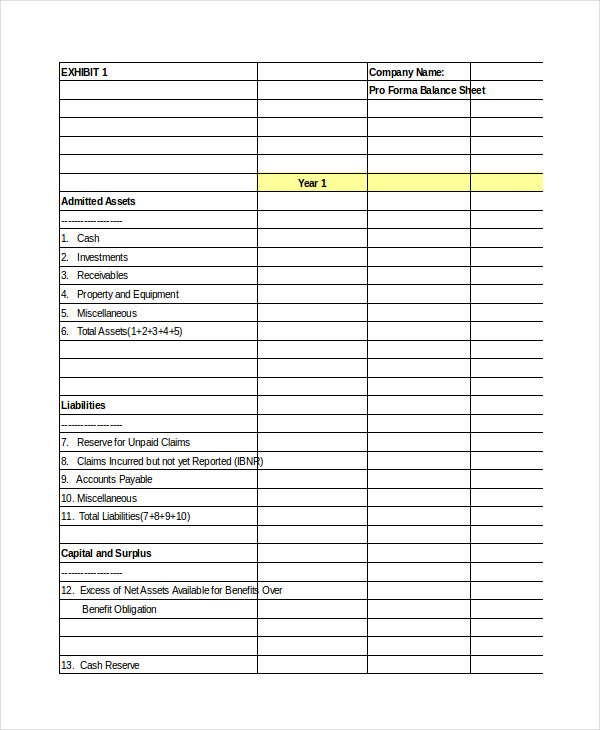
Generally, the sideways or horizontal trend is considered risky because when sentiments will be turned against cannot be predicted hence investors try to keep away in such a situation. It is the trend where investors are worried about their investment, and the government is trying to push the economy in the uptrend. The direction of the trend cannot be decided. #3 – Sideways / horizontal TrendĪ sideways/horizontal trend means assets prices or share prices – as with the broader economy level – are not moving in any direction they are moving sideways, up for some time, then down for some time. Jobs are lost, and asset prices start declining, sentiment in the market is not favorable for further investment, investors run for the haven of the investment. It is the time when companies shut down the operation or shrink the production due to a slump in sales. #2 – DowntrendĪ downtrend or bear market is when financial markets and asset prices – as with the broader economy level – move in the downward direction and prices of the stock or the assets or even the size of the economy keep on decreasing over time. It is a time of booming where jobs get created, the economy moves into a positive market, and sentiments in the markets are favorable, and the investment cycle has started. Source: Trend Analysis ()Īn uptrend or bull market is when financial markets and assets – as with the broader economy level – move in the upward directions and keep increasing prices of the stock or the assets or even the size of the economy over the period.
#Excel trendline pro forma financial statements how to
You are free to use this image on your website, templates etc, Please provide us with an attribution link How to Provide Attribution? Article Link to be Hyperlinked Trend analysis involves collecting the information from multiple periods and plotting the collected information on the horizontal line with the objective of finding actionable patterns from the given information. In Finance, Trend Analysis is used for Technical analysis and Accounting analysis of stocks.

An example of a financial ratio is the price-earnings ratio, which divides a publicly-traded company's price by its earnings per This helps analysts determine whether a company's price properly reflects its performance.Trend analysis is an analysis of the trend of the company by comparing its financial statements to analyze the trend of market or analysis of the future on the basis of results of past performance and it’s an attempt to make the best decisions on the basis of results of the analysis done. Operational efficiency What is an example of financial ratio?įinancial ratios are very common in fundamental analysis, which investigates the financial health of companies. Trend line Companies can also use ratios to see if there is a trend in financial performance. Uses of Ratio Analysis Comparisons One of the uses of ratio analysis is to compare a company's financial performance to similar firms in the industry to understand the company's position in the market. What are ratios useful in financial statement analysis?


Ratio analysis consists of calculating financial performance using five basic types of ratios: profitability, liquidity, activity, debt, and market. Ratio Analysis Formula: The return-on-assets ratio is calculated by dividing the net income by the average total assets (the total assets at the start and at the end of the year divided by two). It is an important index, since the ratio includes capital assets, often the largest investment for most businesses. Frequently Asked Questions What is the formula for calculating ratio analysis?


 0 kommentar(er)
0 kommentar(er)
